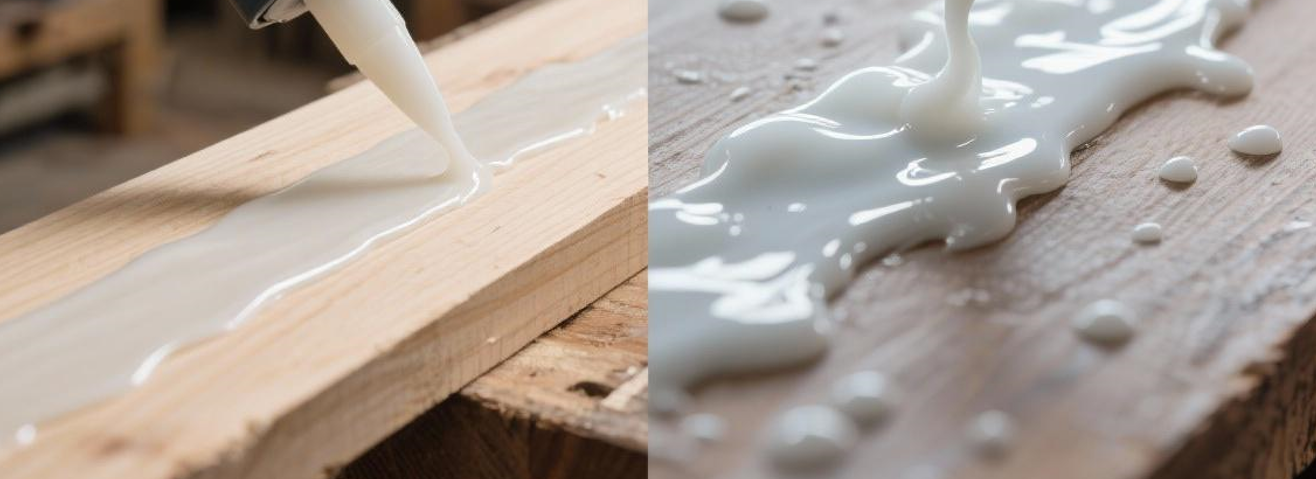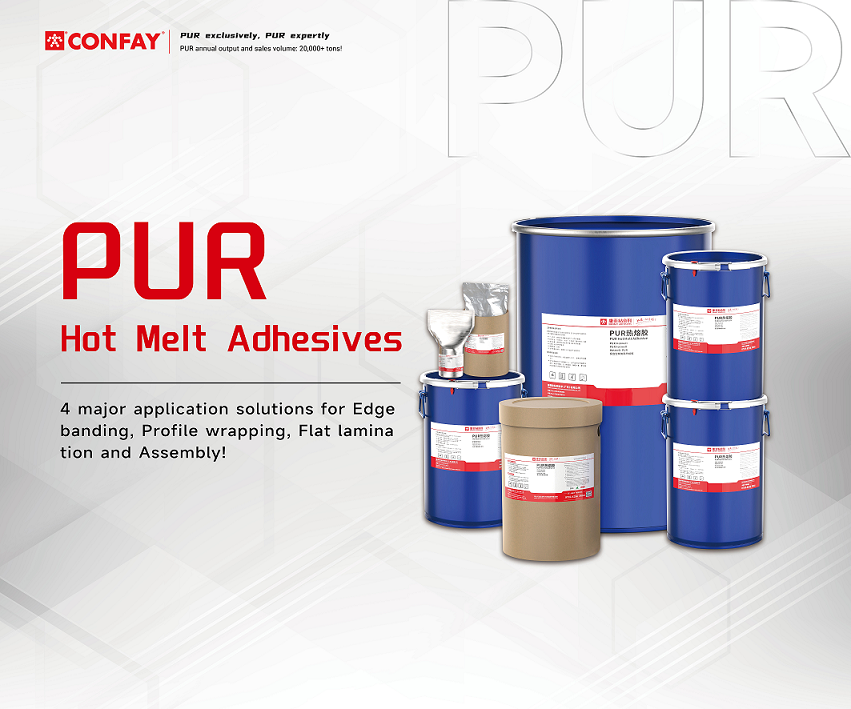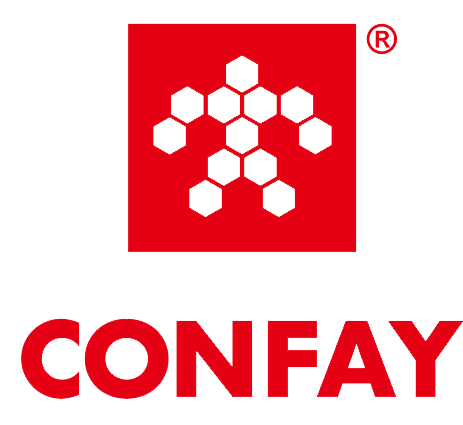The Guide to Winter Application of PUR Hot Melt Adhesives | Maximize Performance
As winter arrives, plummeting temperatures and fluctuating humidity levels pose challenges for many industrial processes, including the application of environmentally sensitive PUR hot melt adhesive. As a high-performance moisture-curing reactive adhesive, the performance of PUR heavily depends on the correct usage environment. The cold and humid winter climate, if not properly managed, can easily lead to issues such as reduced bond strength, shorter open time, and incomplete curing, directly impacting production efficiency and product quality. This article delves into the effects of temperature on PUR adhesive and provides a series of practical winter countermeasures to help you smoothly navigate the cold season. As a reliable provider of Hot Melt Adhesive Solutions, we understand the importance of ensuring our customers' year-round production success.
Part 1: How Does Temperature Affect the Performance of PUR Hot Melt Adhesive?
PUR hot melt adhesive is renowned for its excellent bond strength, heat resistance, and chemical resistance. However, these advantages hinge on one foundation: strictly adhering to its application and curing process requirements. The winter environment primarily affects it in the following ways:
Substrate Temperature Too Low: Low temperatures cause the surface temperature of substrates (e.g., wood, plastic, metal) to drop. When high-temperature PUR adhesive is applied to a cold substrate, it rapidly loses heat, leading to a sudden increase in viscosity and poor flowability. This prevents the adhesive from adequately wetting and penetrating the substrate surface, resulting in weak bonds and significantly reduced bond strength.

Rapid Cooling of Adhesive, Shortened Open Time: PUR adhesive has an "open time" from application to bonding. In winter, low ambient temperatures significantly shorten this effective window. Operators may fail to complete the bonding process before the adhesive surface cools and solidifies, losing its tackiness and leading to bonding failures and production disruptions.
Impaired Moisture Curing Process: PUR adhesive (whether PUR Hot Melt Adhesives in China or those produced elsewhere) cures through a chemical reaction with moisture in the air. In low-temperature environments, although air humidity may not be low, molecular activity weakens, significantly slowing the reaction rate between moisture and the adhesive. This prolongs curing time, slows the development of initial tack, severely impacts production line, and may even allow products to proceed to the next step before fully curing, creating quality risks.
Insufficient Preheating of Adhesive Drums: Large drums of PUR adhesive may be at low temperatures during storage and transportation. If directly loaded into melting equipment, the outer adhesive may melt while the inner part remains solid, causing uneven thermal history and even local overheating, degradation, carbonization, and clogging of filters and nozzles.
Part 2: Key Countermeasures and Solutions for PUR Adhesive Application in Winter
Facing the above challenges, taking scientific and proactive preventive measures is key. Below is a complete set of winter Hot Melt Adhesive Solutions:
Countermeasure 1: Strictly Control Ambient and Substrate Temperatures
This is the most fundamental and effective measure. The ideal operating environment should maintain a temperature of 18-25°C and humidity of 40-60% RH.
Climate-Controlled Workshop: Install heating, air conditioning, or humidifiers in the application area to create a stable micro-environment.
Preheat Substrates: For large or highly conductive substrates (e.g., metal, glass), move them to a warm room for preheating to above room temperature (typically recommended above 20°C). For assembly line production, consider installing infrared heaters or hot air guns for online preheating to ensure substrate temperatures remain not low than 15°C.
Material Insulation: Move PUR adhesive drums to a warm workshop 24-48 hours in advance, allowing them to gradually return to room temperature overall, avoiding "cold core" issues.
Countermeasure 2: Optimize Equipment Parameters and Operating Procedures
Adjust Equipment Temperature: Consult your PUR hot melt glue factory for recommendations specific to their product grade and appropriately increase the set temperatures of the melting pot and hoses (typically by 5-10°C). However, ensure not to exceed the maximum allowable temperature for the adhesive to prevent thermal degradation.
Check Insulation Performance: Ensure the insulation jackets of melting equipment, hoses, and guns are intact to effectively reduce heat loss.
Accelerate Operation Pace: Train operators to be aware of the changes in open time during winter, requiring rapid completion of bonding after application, ideally within 50%-70% of the recommended time.
Apply Pressure and Extend Hold Time: Apply sufficient pressure immediately after bonding and appropriately extend the hold time to ensure full contact between the adhesive layer and substrate, compensating for the reduced initial tack due to low temperatures.
Countermeasure 3: Scientific Storage and Management
Seal Against Moisture: PUR adhesive is extremely sensitive to moisture. Unused drums must be tightly sealed in their original packaging. Once opened, use them as quickly as possible. For drums requiring extended melting times, use a dry nitrogen protection system to prevent the adhesive from prematurely absorbing moisture in the melting pot and becoming ineffective.
Follow "First-In, First-Out": Manage inventory reasonably to avoid prolonged storage of PUR adhesive.
Countermeasure 4: Choose a High-Quality and Stable Product Supplier
Winter is a test of the quality of adhesive products and the technical support capabilities of suppliers. Choosing a technologically strong
is crucial.
Product Consistency: High-quality factories ensure consistent performance across batches of PUR hot melt adhesive, reducing process adjustments due to product variability.
Professional Technical Support: Reliable suppliers not only provide specific product grades suitable for winter use but also offer timely and professional technical guidance and on-site troubleshooting to help you quickly resolve application issues.
Conclusion
Winter is not a "no-go zone" for PUR hot melt adhesive applications but a period requiring more meticulous and scientific management. By deeply understanding the impact mechanisms of temperature on PUR hot melt adhesive performance and strictly implementing the above countermeasures regarding environmental control, substrate treatment, equipment operation, and material management, you can effectively avoid common winter bonding issues, ensuring production continuity and product reliability.
As a leading partner in Hot Melt Adhesive Solutions, we are committed to providing customers with high-performance PUR Hot Melt Adhesives in China and global markets, along with comprehensive technical support and application solutions. If you encounter any challenges during winter applications, please feel free to contact our technical team. We will provide professional and efficient Hot Melt Adhesive Solutions to ensure your production runs smoothly.


